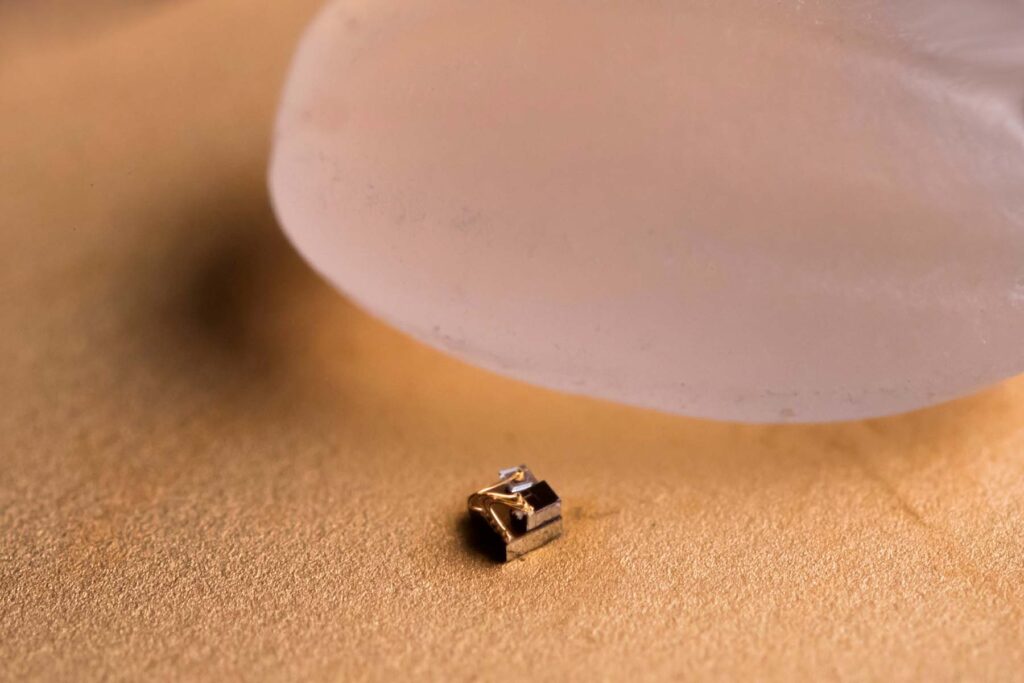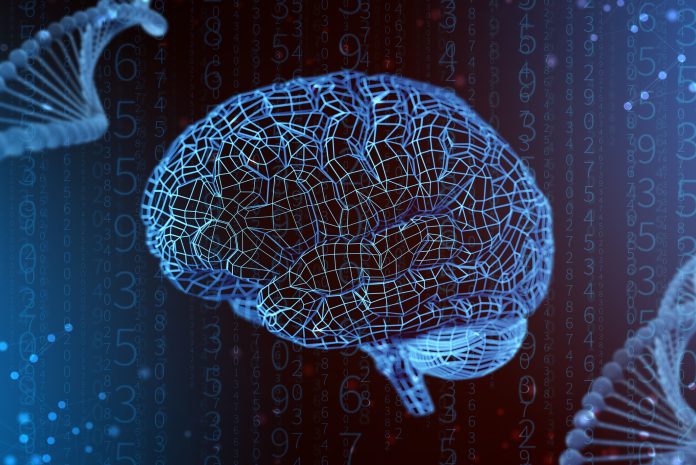A collaboration between the University of Michigan and Stanford University aims to give stroke victims the ability to ‘speak’ using brain implant technology
The Marcus Foundation announced a $29.7 million grant, led by Stanford, that would support victims of aphasic stroke, who are often left struggling to communicate. The University of Michigan will receive $19m of the total grant to develop brain implants that can detect and interpret brain signals.
Stroke is the leading cause of disability in the United States. The National Institutes of Health estimated that over 1 million Americans have aphasia, and there are over 210,000 new cases per year. Damage to the brain impacts their ability to listen, write, read and speak, yet they retain their ability to understand others’ speech.
Designing and constructing a brain implant for stroke victims
University of Michigan researchers Cindy Chestek and David Blaauw will lead the design and construction of the brain implant. Stanford researchers will focus on supporting people who have had a stroke which has impaired their speech. They will evaluate whether they can ‘decode’ words from other parts of the brain not affected by the stroke.
“The current electrode technology has been in use since the 1990s, and it’s called the Utah array,” said Chestek, a U-M professor of biomedical engineering, electrical engineering, computer science, and robotics. “It’s an implantable electrode that can last from one year to seven. But that’s not reliable enough for medical treatment, and the device can also create a lot of scar tissue in the brain.
“David and I are going to build a much better device, which will consist of many tiny devices.”

Recording brain signals to restore speech
The brain implant has tiny carbon-based electrodes that can record signals from the brain’s temporal region, which is responsible for auditory information and language. The electrodes used to pick up those signals are made of carbon fibres and are smaller than capillaries, doing very little damage to the brain over time—even when large numbers are implanted. A small computer chip attached to each carbon fibre will transmit the neural signal to the outside world.
“Our approach is completely wireless, which distinguishes us from many of the interface technologies in the market right now,” said Blaauw, the Kensall D. Wise Collegiate Professor of Electrical Engineering and Computer Science. “By making it wireless and incredibly small, we’re making sure there’s little damage to the brain and it leaves the protective layer around the brain intact.”
Stanford’s work will be led by Jaimie Henderson, professor of neurosurgery, and Frank Willett, assistant professor of neurosurgery. The team ultimately plans to implant U-M’s devices into patients to restore speech.
“This research meets a critical gap as no existing therapies can restore speech in aphasic patients,“ Henderson said. “We are embarking on something that has never been done before with this innovative project.”
Previous University of Michigan research highlights the potential of brain implants
In 2020, researchers at the University of Michigan significantly reduced the power consumption of neural interfaces while enhancing their accuracy—a breakthrough that could enable durable brain implants for treating neurological disorders and controlling prosthetic devices.
“Currently, interpreting brain signals into someone’s intentions requires computers as tall as people and lots of electrical power—several car batteries worth,“ said Samuel Nason, first author of the study and a PhD candidate in Chestek’s Cortical Neural Prosthetics Laboratory. “Reducing the amount of electrical power by an order of magnitude will eventually allow for at-home brain-machine interfaces.”
By focusing on a specific frequency range of neural activity known as spiking-band power (SBP), they achieved a 90% reduction in power requirements compared to traditional methods. This advancement could lead to the development of long-lasting, wireless brain implants capable of treating neurological disorders and enabling mind-controlled prosthetics.











